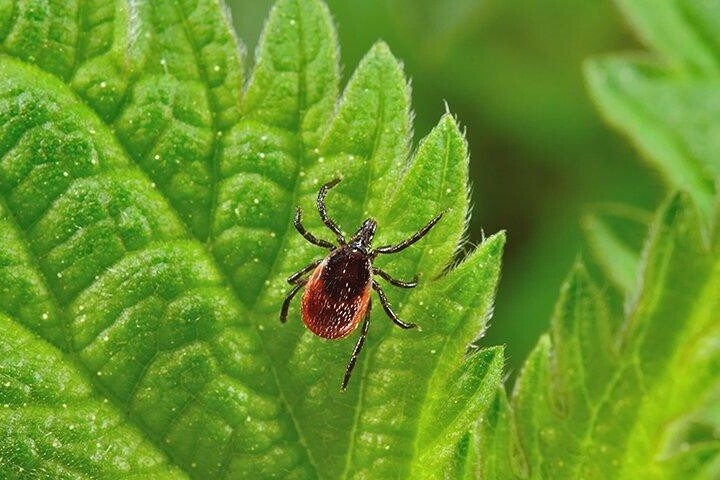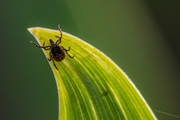Tick-Borne Illness Prevention And Early Treatment - Revisted!

As the warmer weather comes along, many people are taking long walks with their family and/or pets. Unfortunately, this is the time of year when the deer ticks start becoming active and searching for their first, big blood meal.
Prevention is the best cure for Lyme and tick-borne illness. There are several measures you can take to lower your risk for Lyme and tick borne illnesses, such as avoiding tick infested areas (dark, wet, grassy and/or wooded areas), limiting your outdoor activities such as hiking off trails, and keeping your pets out of wooded areas & open meadows where they can run and become easy targets for ticks.
Other steps to reduce your risk
Treat your yard
- Acaricide treatments around your house.
- Permethrin spray (late March and early May) – Tick tubes can be found online or in hardware and home improvement stores. The Permethrin impregnated cotton in tubes are placed around yard. White footed mice, frequent carriers of lyme disease, will then bring this back to their nest as bedding and potentially decrease the tick burden.
- Create a sunny and dry area where ticks cannot survive – this is achieved by removing leaf litter and clearing tall grass & brush around your house and at the edge of lawns. Lay down wood chips or gravel between lawn and wooded areas. Keep playground equipment, decks, and patios away from the yard edges and trees.
Dress appropriately
- Wear light-colored clothing so that ticks are easier to spot and remove.
- Tuck pant legs into socks and tuck your shirt into pants.
- Undress immediately when you return home and place clothes in dryer for 10 minutes on high heat to kill ticks.
- Wear pre-treated clothing, which are treated with .5% permethrin, an insecticide that both kills and repels ticks.
Conduct frequent tick checks
- After all outdoor activities
- On yourself, your family, and pets. It is a myth that pets are covered because they are treated with flea and tick meds. This may not work well enough on long haired animals where ticks may attach, so your pet may bring them inside and the tick drops off within the house.
Use tick repellent
- Apply tick repellent to skin. This may be in spray, cream and/or aerosol form. Some repellents may contain DEET.
- “Natural Products” – these may include essential oils and herbal remedies.
What to do should you experience a tick bite
Keep the tick for examination
- Vermont State tests for Lyme Disease
- The University of Amherst tests for 13 tick borne diseases and their service is around $50. Results are usually within 7 business days.
Take photos of your rash
A spreading or circular rash (sometimes referred to as “bullseye” rash) is a sign of Lyme infection but only a small subset of the Lyme bacteria will cause a rash of any kind. Lyme rashes usually only last a few days or weeks so it is important to take photos of the rash area so you can show them to your doctor after the rash has disappeared.
Make note of common Lyme symptoms
- Fever
- Rashes
- Neck pain
- Body aches
- Headaches
- Flu-like symptoms
- Sore or swollen joints
- Fatigue
- Sweats/chills.
Keep a timeline of your symptoms
Write down when and how you were infected, if at all possible. Then track your symptoms - this is important for tracking new symptoms, tick borne cycles, and/or re-infection.
For more information on treatment of Lyme and tick-borne diseases, please visit our Lyme Disease Rehabilitation webpage or our other blogs on Lyme & Tick Borne Diseases.


